India’s deadly smog problem is bringing misery to New Delhi residents
India’s capital is enduring the harsh effects of heavy pollution, which brings near cataclysmic scenes of smog to blanket the city

A smoky haze hangs over India’s northern plains and its capital, New Delhi, every year as winter sets in, raising fears for the health of many millions of people as authorities order fixes that do little to clear the air.
In recent days, the air quality index in the capital of 20 million people, where few use air purifiers or wear masks to protect themselves, has risen above 350 on a scale of 500, near “very poor” levels, according to the Safar monitoring agency.
Anything above 60 is considered unhealthy.
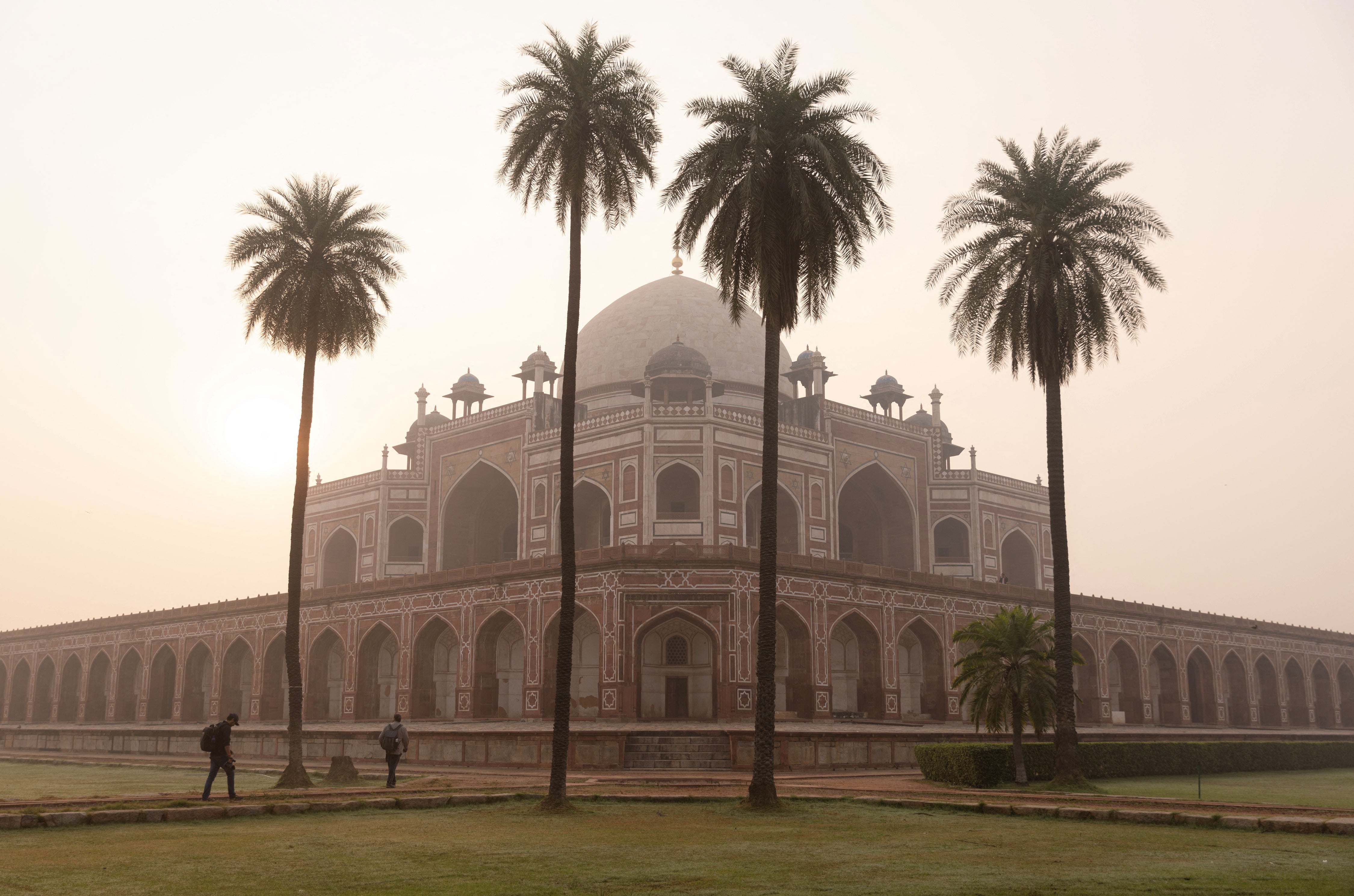
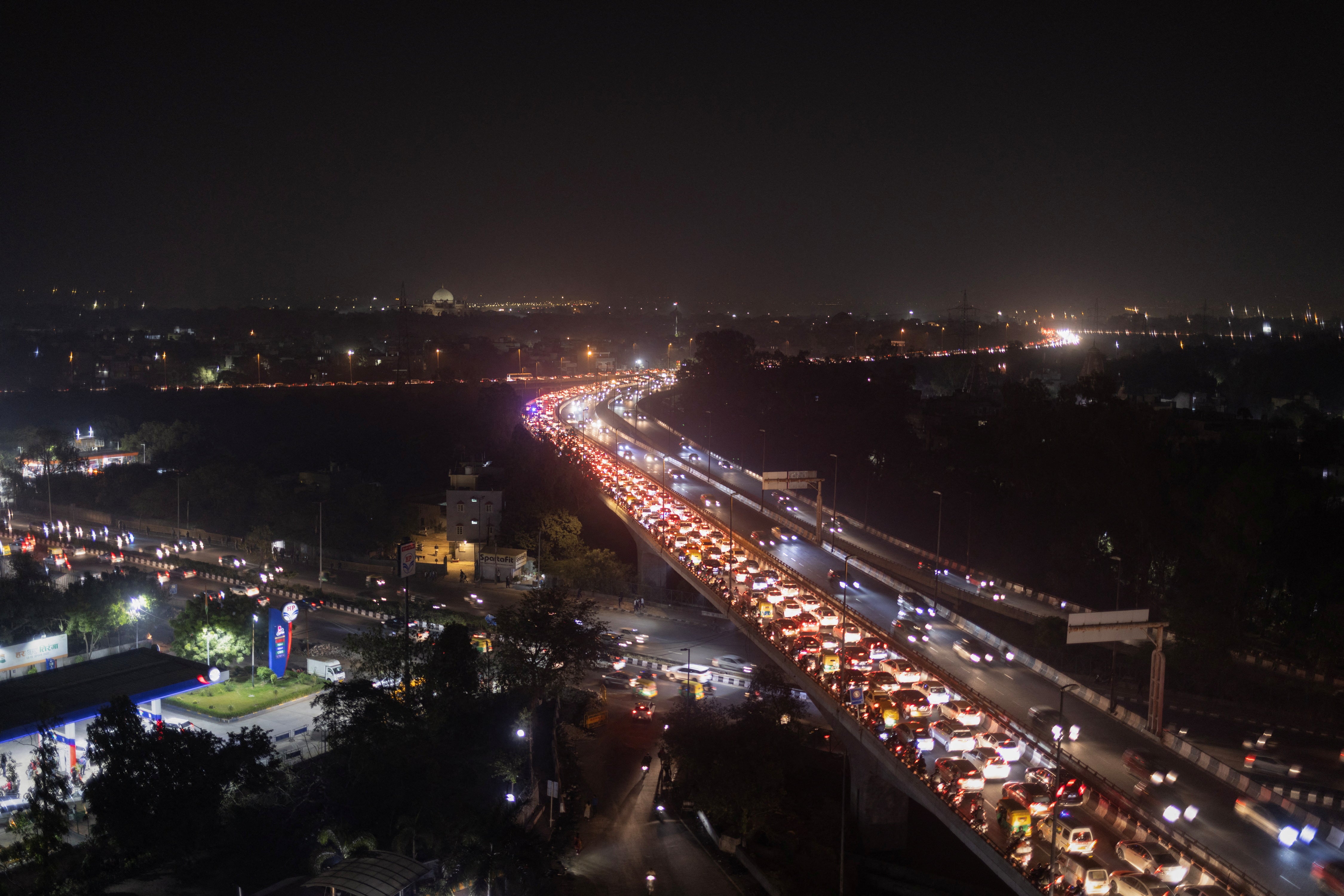
The index measures levels of airborne PM2.5 particles, which can be carried deep into the lungs, causing deadly diseases such as cancer and cardiac problems.
The rainy season usually ends in September and, come October, the air quality starts deteriorating as cooler temperatures and a drop in the wind trap pollutants in the atmosphere for longer.
The pollution gets worse in November, exacerbated by the burning of crop stubble in Punjab and Haryana states, part of the farm belt that borders New Delhi.
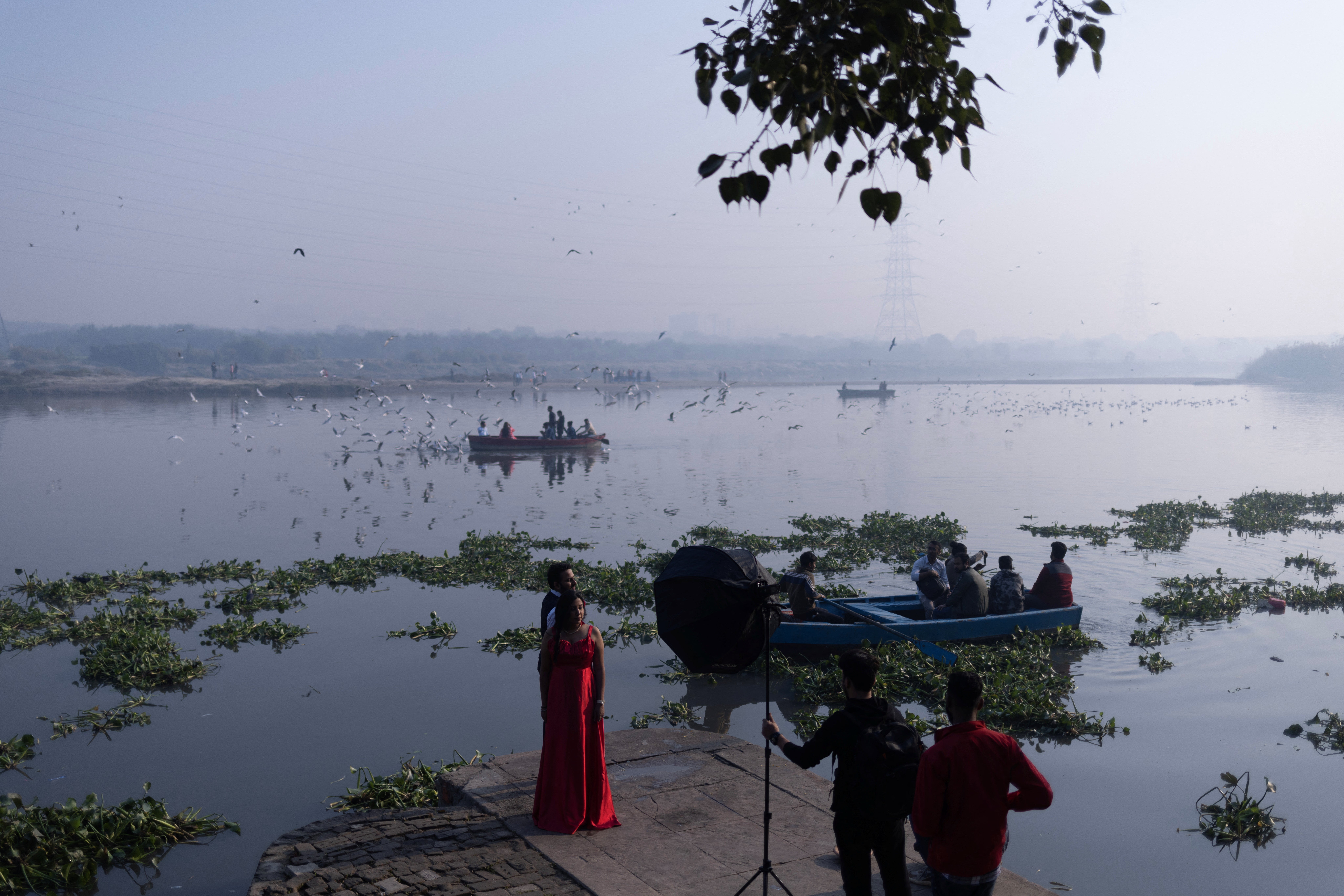
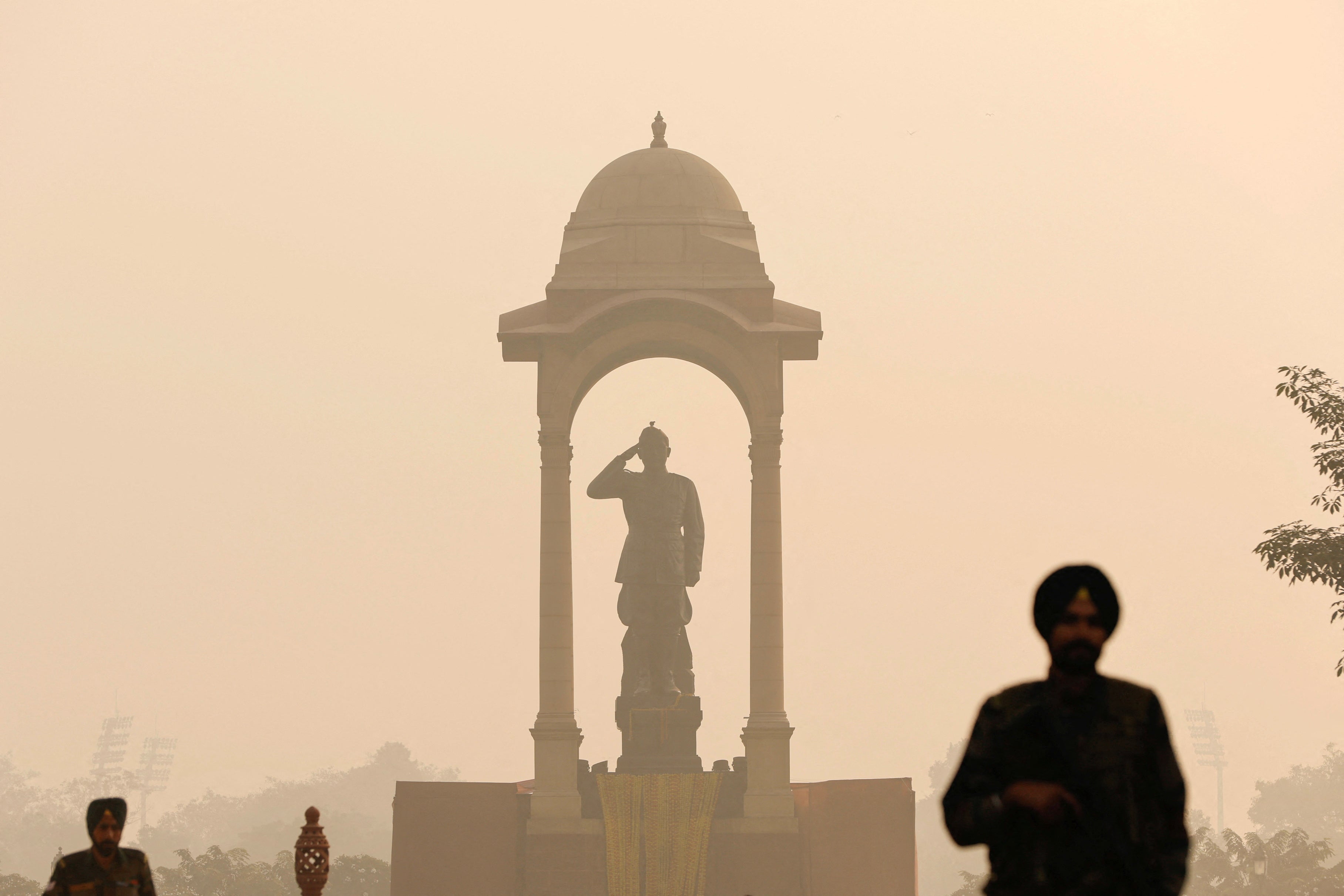
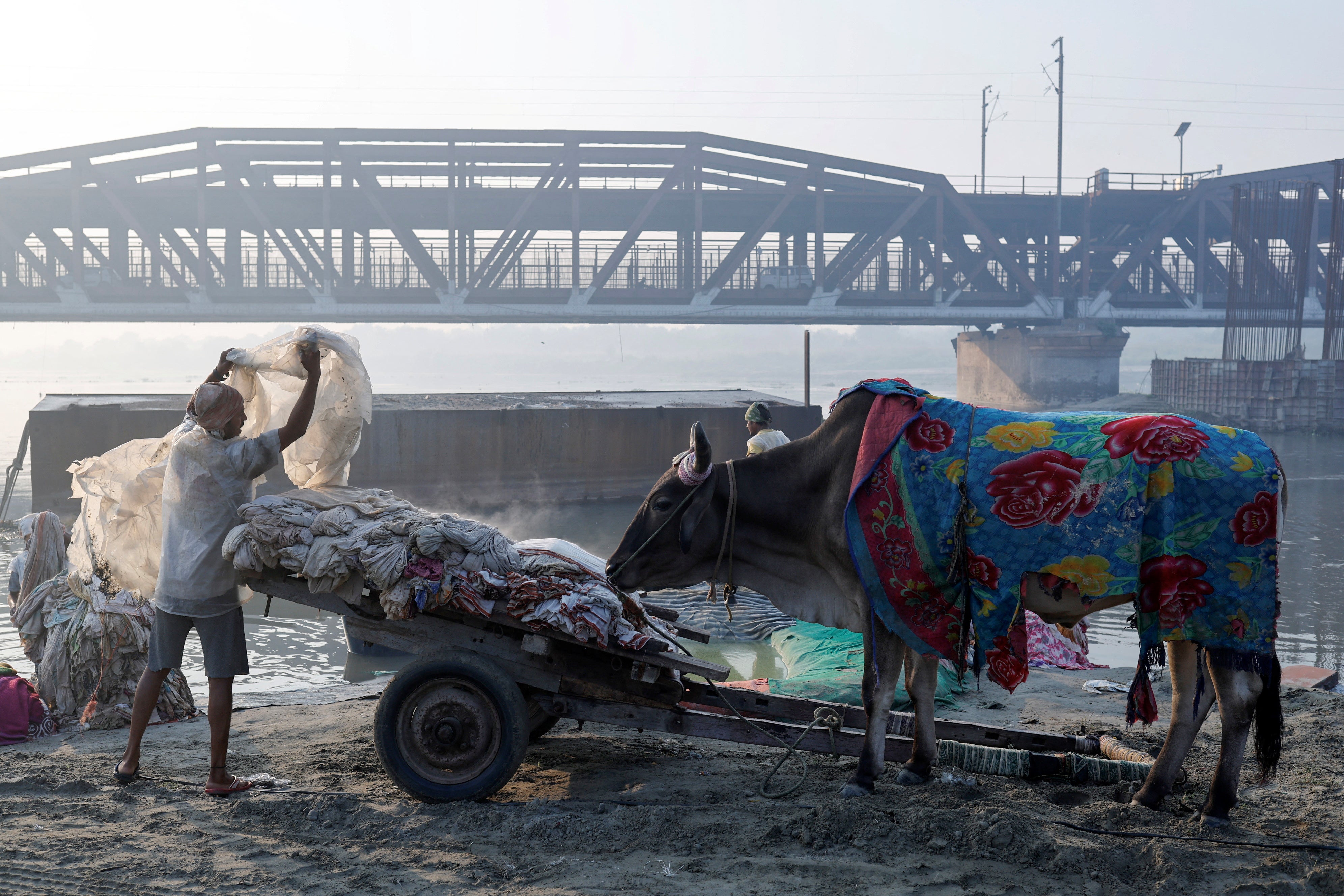
Farmers in the bread-basket states are at the forefront of the adoption of mechanised farming, and are increasingly using harvesters to bring in the rice crop.
But unlike manual harvesting, the machines leave stubble and paddy straw in the field.
With only a short window to prepare their fields for winter crops, farmers burn off the stubble and straw, sending sooty smoke drifting from the land and accounting for about a quarter of northern India’s air pollution, experts say.
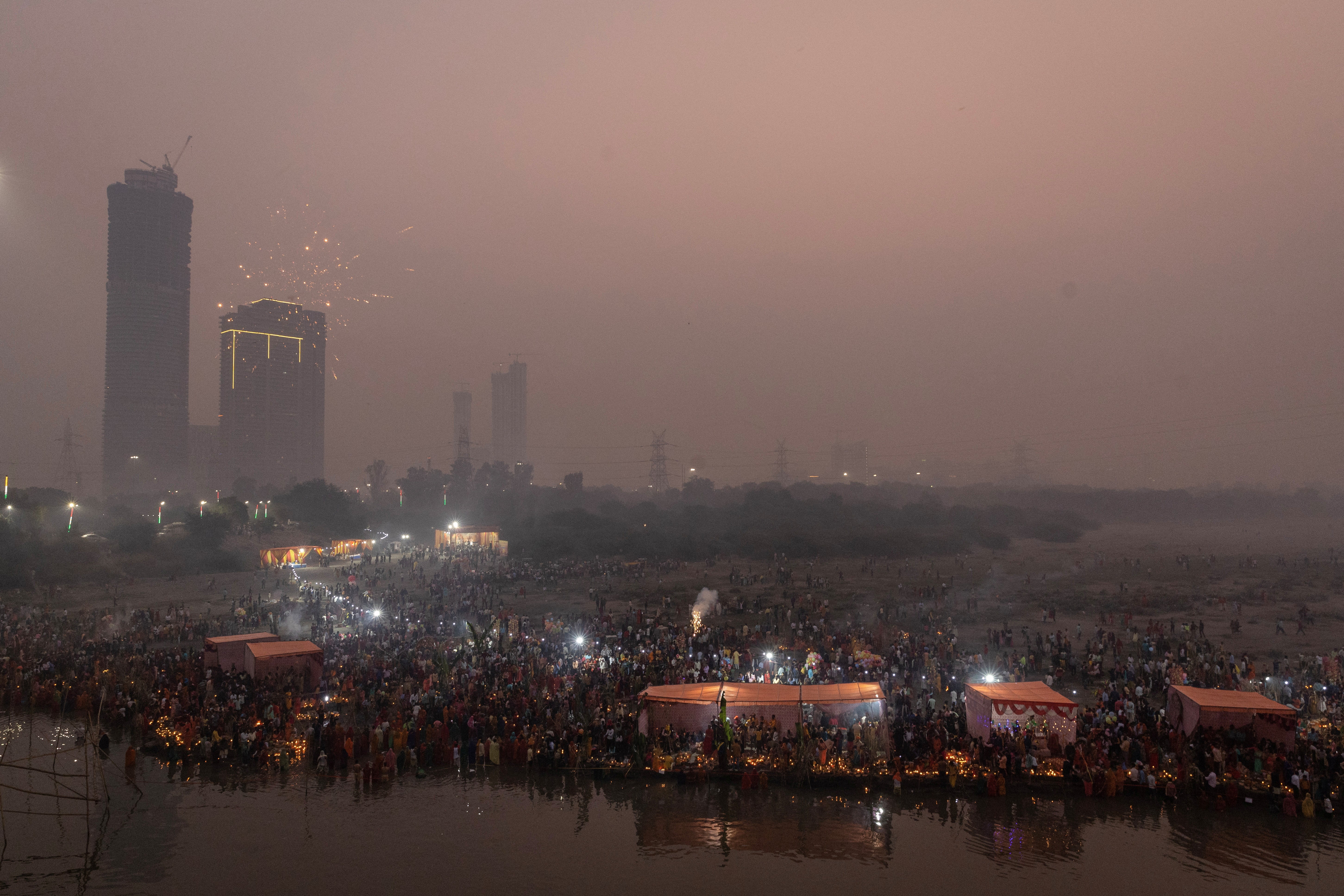
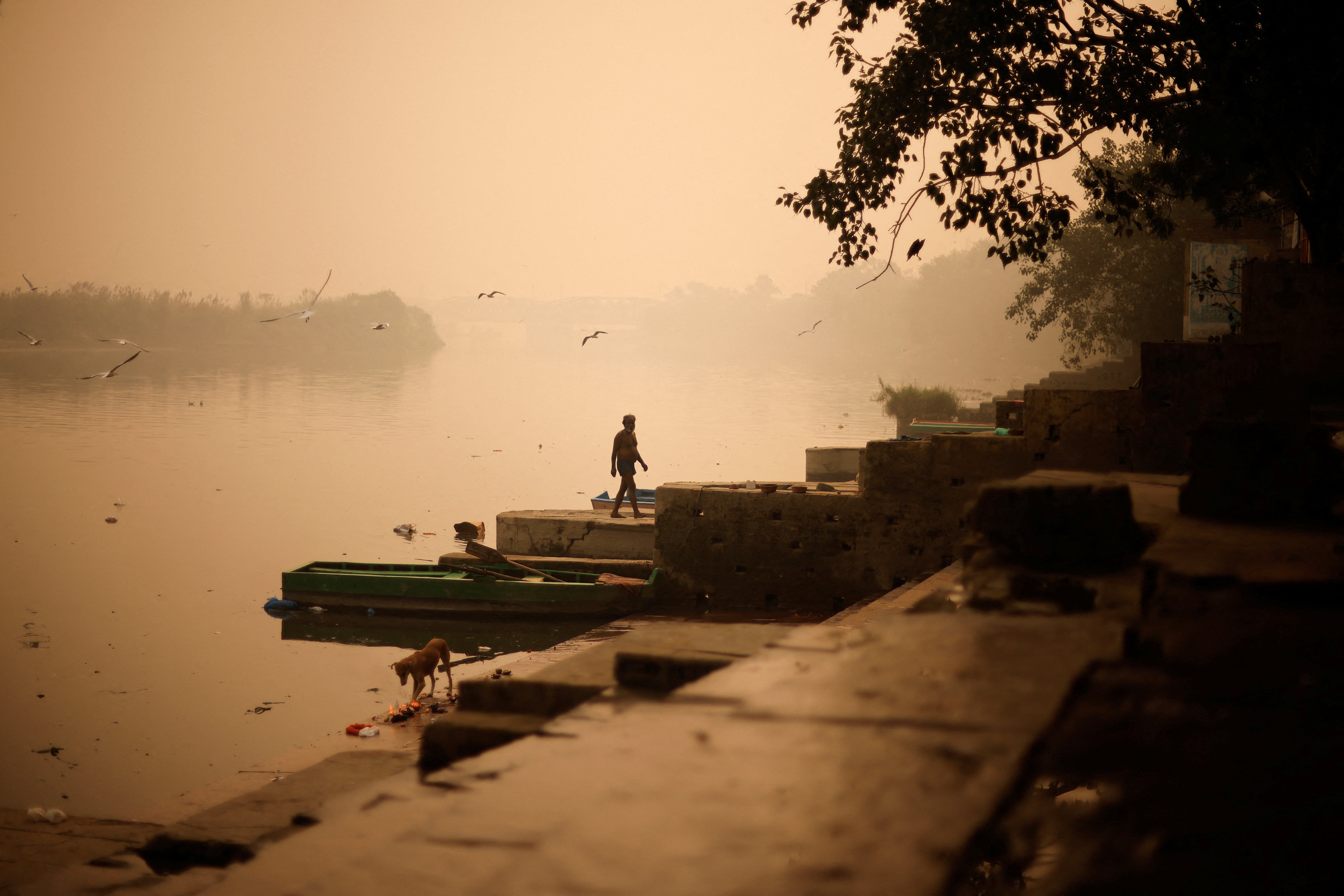
New Delhi generates much of its own pollution, so things get no better in December, when the stubble burning is largely over.
The capital’s nearly 10 million vehicles, more than the other three major cities of Mumbai, Chennai and Kolkata combined, churn out exhaust fumes, while industrial emissions, dust from construction sites and smoke from household fires adds to the murky mix.
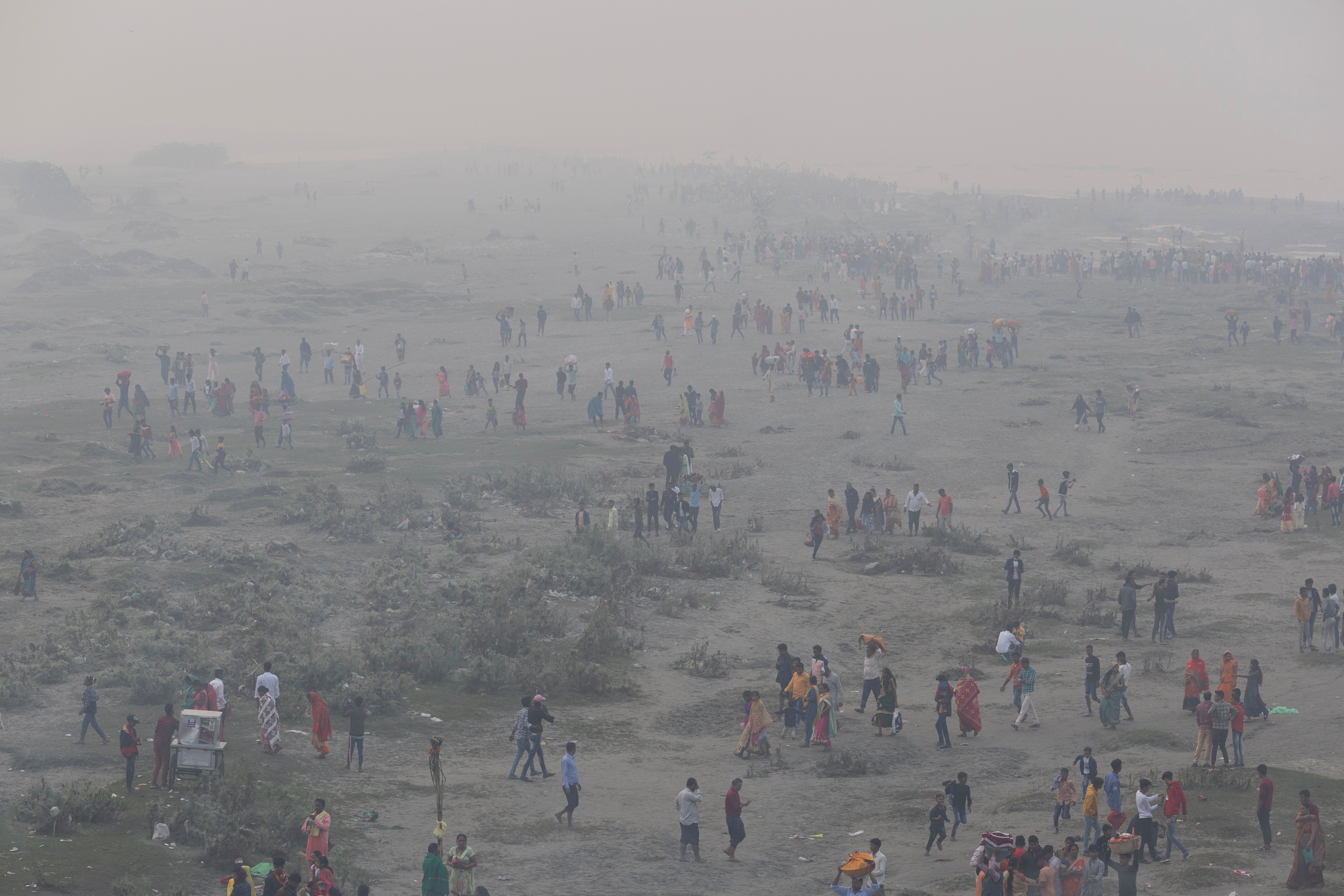
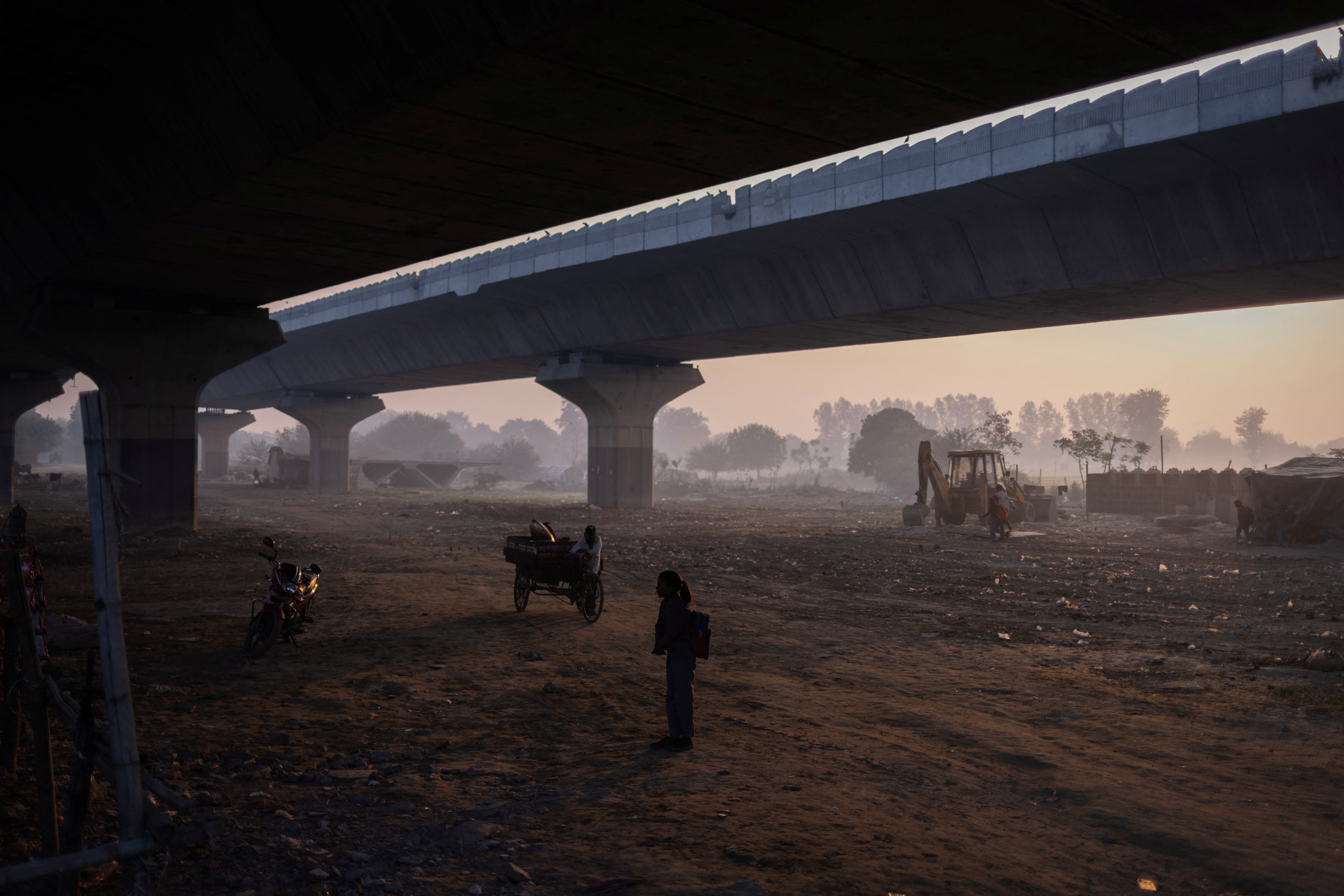
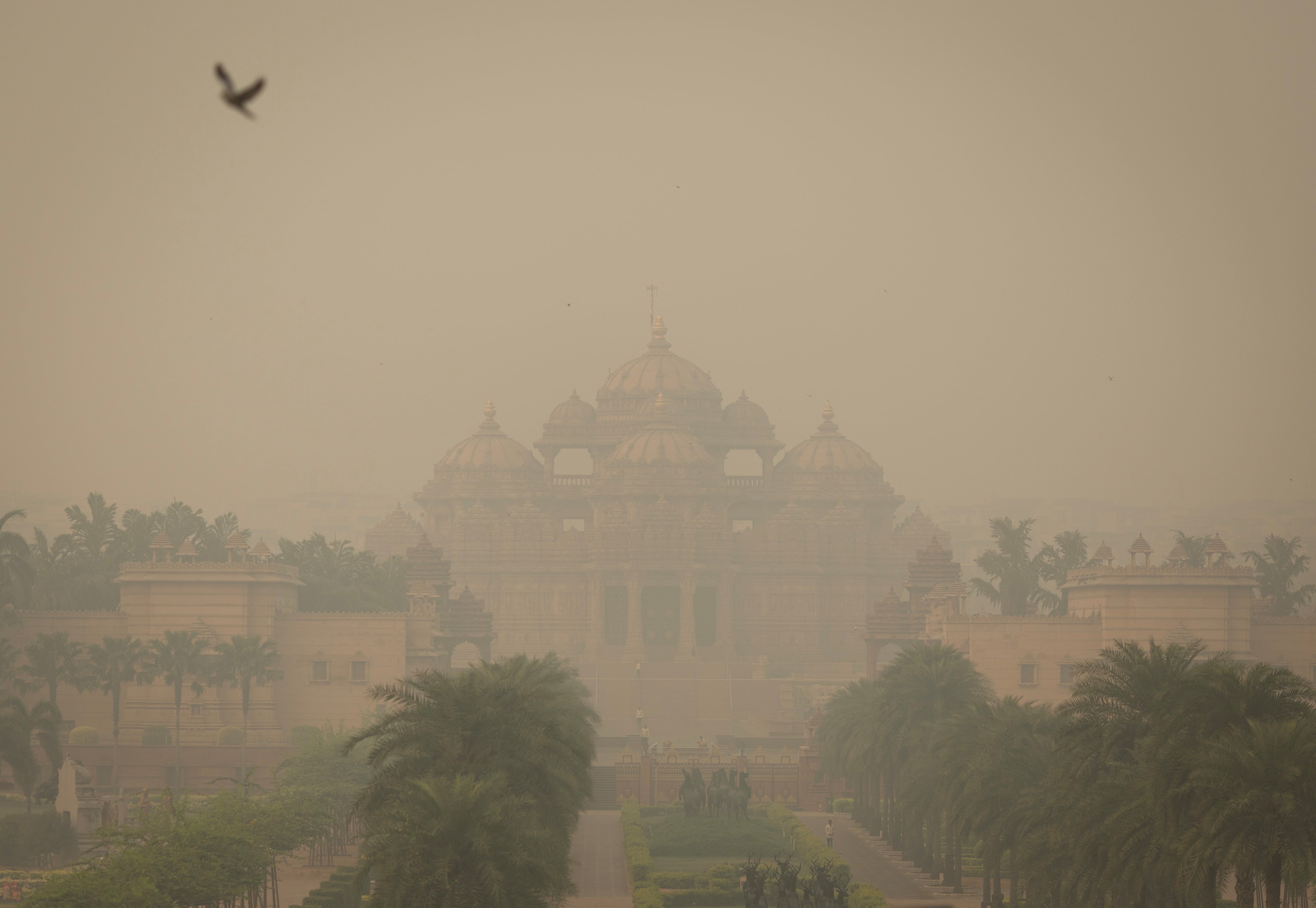
The rapidly expanding city is losing the few patches of oxygen-producing forest it had around it and illegal miners are grinding down a range of nearby hills to feed the construction industry with gravel, removing a natural barrier to dust from the Thar Desert.
When the smog gets too bad, authorities ban construction work and close schools to protect children, but they acknowledge that they just don’t have the resources to clamp down effectively on illegal industries and enforce emission rules.
The Supreme Court has rebuked officials for their failure to clear the air and has asked the government of Delhi, its neighbouring states and federal authorities to work together to improve it.
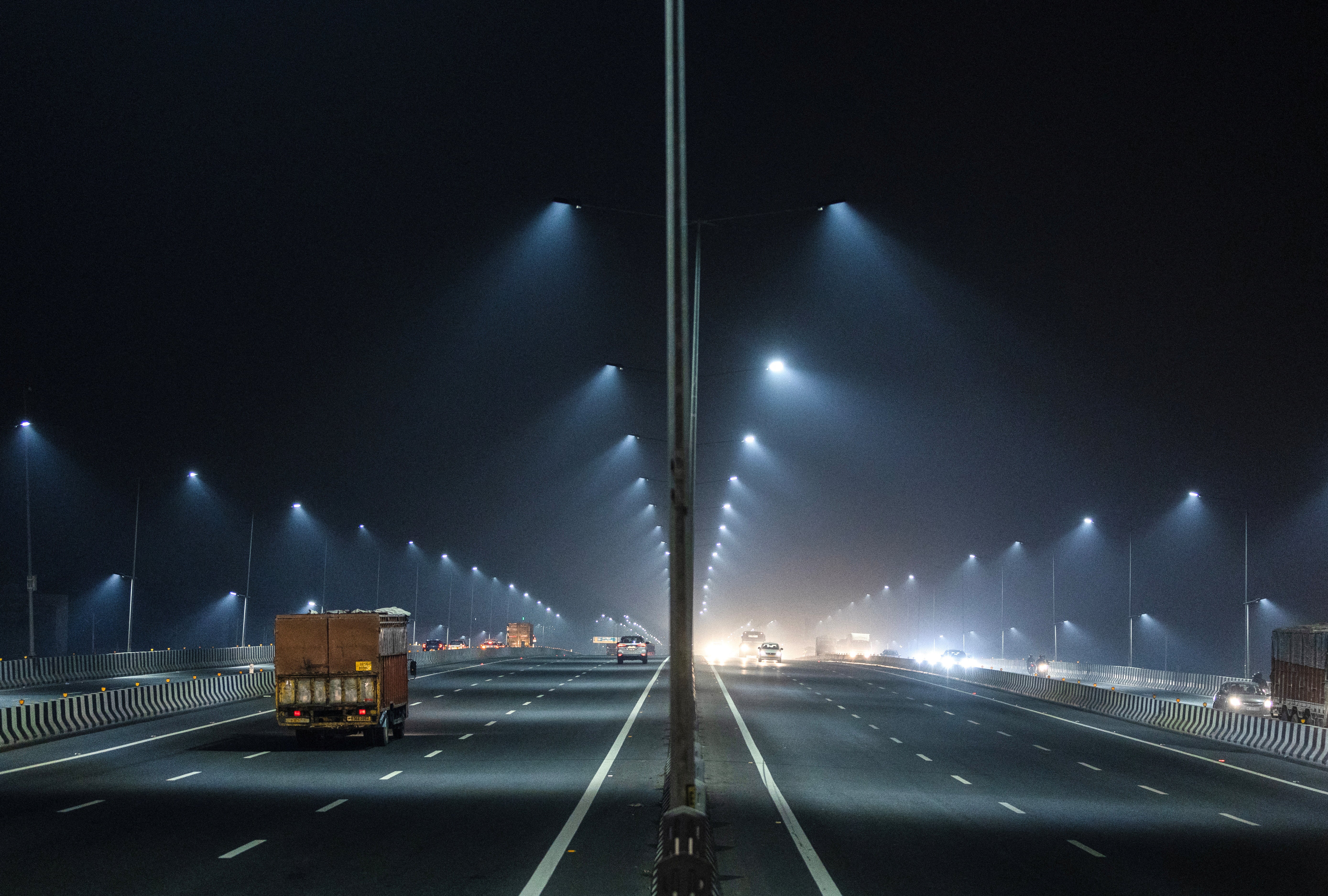
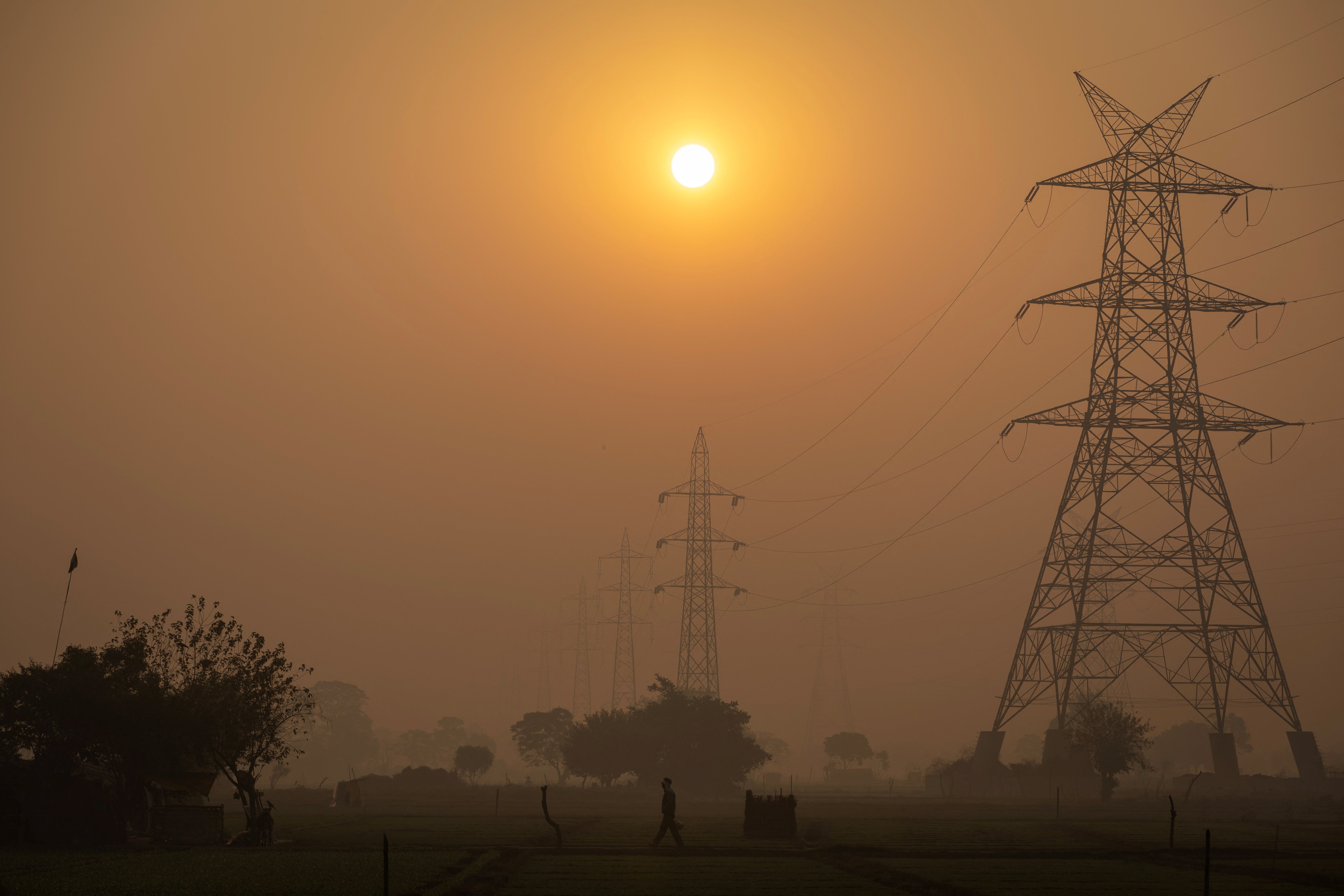
Prime minister Narendra Modi’s Bharatiya Janata Party does not govern Delhi. It is run by the opposition Aam Aadmi Party, and there’s little cooperation between them.
It’s nature that brings some improvement, with warmer weather ending the atmospheric conditions that trap the smog before the return of the rains in around June.
Photography by Adnan Abidi, Reuters
Join our commenting forum
Join thought-provoking conversations, follow other Independent readers and see their replies
Comments
Bookmark popover
Removed from bookmarks